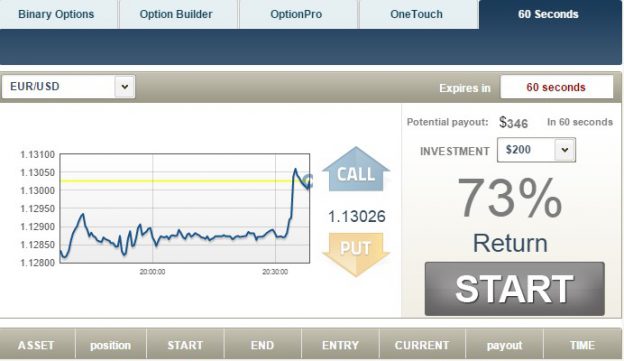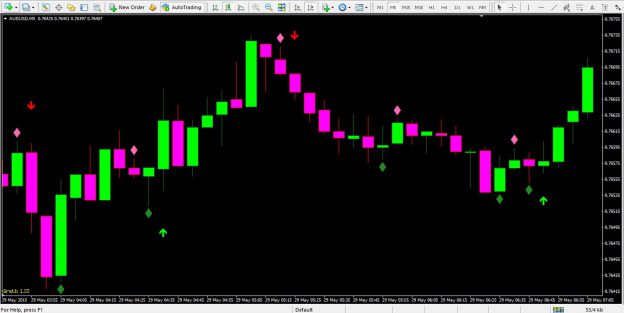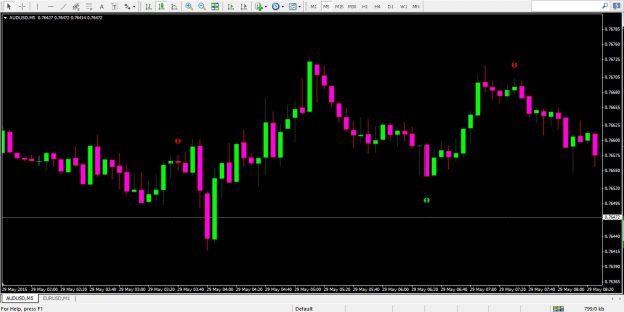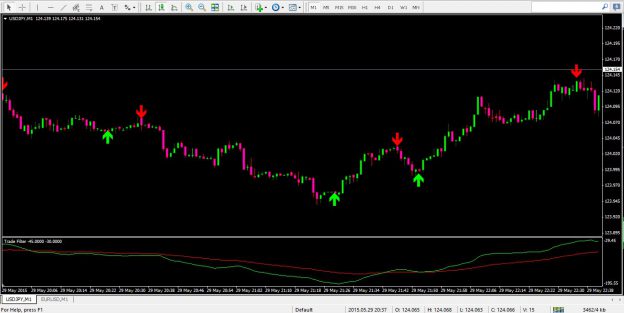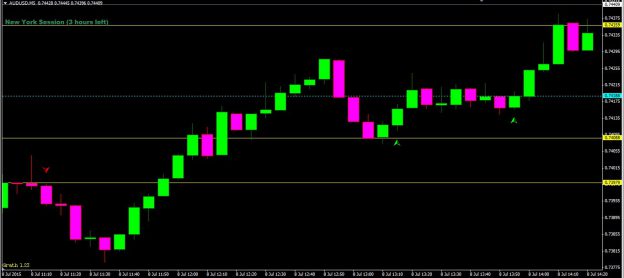
Naturally, you will need capital to trade binary options. Nevertheless you’ve likewise heard this warning more than once: “Don’t trade with money that you can’t afford to lose.” You may think this is simply the conventional warning that each pro inside the investing field needs to use. But it is certainly not. It is a lot more. There is more to trading than simply using a strategy. A trader’s two major enemies are fear and greed. This is very often the case. That is why controlling your feelings is extremely important to your trading. It is extremely important not to place excessive strain on yourself or your trading performance. And to maintain the stress down, you most likely should not quit your day job just yet. Prior to being a skilled binary trader, your trading should be consistent, and your gains ought to be nearly foreseeable. Provide yourself some time to prove that you have what it takes to trade for a living. Regarding the sum of money you really need, that depends on you. Possessing too much money in your trading account could be equally as harmful as having too little. If you have $100,000 in your trading account and only risk $100 per trade, you may think of your losses as ‘peanuts.’ Even though we have to learn to accept losses as part of the business, we have to still by no means consider them as ‘peanuts!’ There is a balance. You need to find it. You must fund your account properly – not too much and not too little. And be ready for a period of time where you might not generate a lot of money with it. As with everything, there exists a learning process when it comes to trading. Numerous newbie traders believe they ought to trade all of their savings. This is obviously a dangerous belief. In order to find out the amount of money you should trade with, you must first identify just how much you can actually afford to lose, and what your financial goals are. We need to start by identifying just how much of your savings need to stay in your savings account. It is very important to always keep three to six months of living expenses in an easily accessible savings account, therefore set that money apart, and don’t trade it! You must never trade money that you could need immediately. The rest of the sum of money will probably be what you currently have to trade with. Have a look at the amount of money you can presently afford to trade. You rarely want other parts of your life to suffer when you tie your money up in a trade, so ensure that you consider what these savings were originally for. Next, figure out how much you can contribute to your trading activities in the future. In case you are presently employed, you will continue to receive an income, and you can plan to make use of a part of that income to build your investment portfolio over time. Two more important things to keep in mind: most brokers require a minimum deposit of $100 to $200, so this sets a minimum initial amount that you need to start trading with. This does not mean that you will be risking the whole amount in one trade, as discussed previously try to restrict each trade to no more than 5% of your account size. Another subject that needs to be considered is your risk tolerance. Everyone has a risk tolerance which should not be overlooked. Identifying one’s risk tolerance requires a number of different factors. To begin with, you should know what amount of cash you have to invest, and what your investment and financial goals are. As an illustration, if you plan on retiring in ten years, and you haven’t saved a single penny yet, you are getting to have to have a higher risk tolerance, simply because you’ll have to do some aggressive trading to be able to achieve your financial target. On the other side of the coin, if you’re in your early twenties and you wish to begin investing for your retirement, your risk tolerance could be lower. You are able to afford to observe your money grow gradually with time. Understand, naturally, that your need for a higher risk tolerance or your need for a low risk tolerance have no bearing on how you feel about risk. Once again, there exists a lot in identifying your tolerance. For example, if you entered a trade, and you see that trade go against you, what would you do? Let’s say you are hit with a $1000 loss. Would you keep on trading binary options, or would you call it off for the day? If you have a low tolerance for risk, you would want to stop trading for the day. If you have a high tolerance, you would keep on trading. This kind of decision is not depending on what your financial goals are. This tolerance is based on how you feel about your money. And, naturally, your account size plays a vital role in determining your risk tolerance. In case you have a $2,000 account, then a $1,000 loss will make you nervous, as you are shedding 50% of your investment capital. But if your trading account size is $100,000, and you are faced with a $1,000 loss, then you might be calmer, as it is just 1% of your account. As you’ll learn, emotions are a very important element in trading; for that reason, it’s important to take the time to figure out your risk tolerance.





